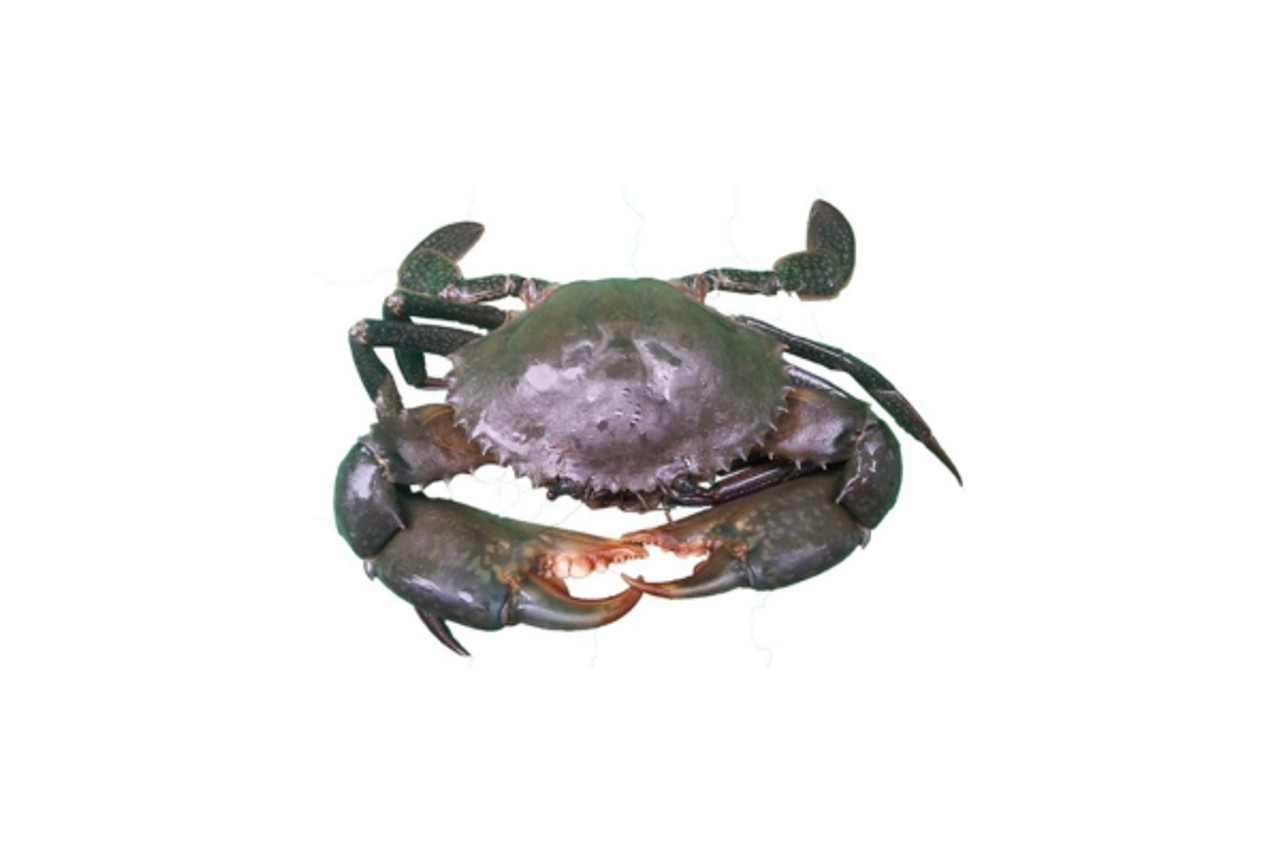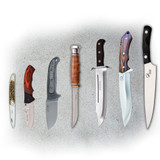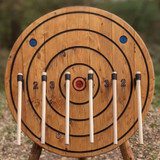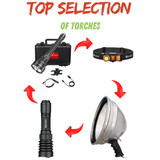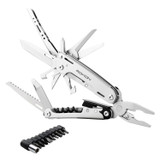The Ultimate Guide to Mudcrabbing
Ultimate Guide to Mudcrabbing
What other hobbies allow you to duck out for the weekend and return with a coveted delicacy like Mudcrabbing? It’s not like you can walk onto a farmer’s paddock, put out some bait, and lure yourself a few Wagyu Ribeye to take back home with you. You wouldn’t download a mudcrab, would you?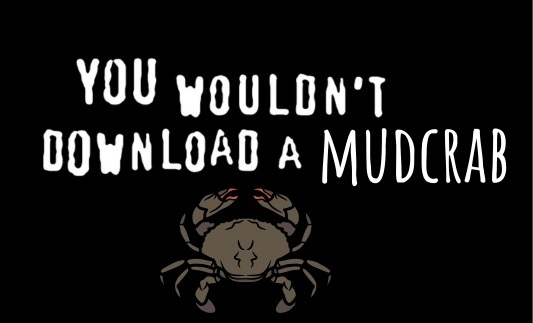
But this is something you can literally do in many parts of Australia if you’re willing to be patient, get the right gear, and learn the craft. It combines a bit of adventure, and the chance to wrestle prehistoric-looking creatures with oversized nippers that seem like they were designed specifically to pinch fingers. What’s not to love?
Whether you’re wading through the mangroves or setting pots from a tinny, catching mud crabs is a rewarding experience with a delicious payoff. This guide covers where to find them, how to catch them legally, and the best ways to cook them.
Where to Find Mud Crabs
Mud crabs (Scylla serrata) are found in coastal estuaries, tidal creeks, mangrove swamps, and mudflats across northern Australia, from WA to NSW. They thrive in brackish water and tend to hide in submerged tree roots, mangrove roots, and burrows in the mud.
Best states for mud crabbing:
- Queensland – The mud crab capital, with hotspots in Moreton Bay, the Fitzroy River, and the Gulf of Carpentaria.
- Northern Territory – Remote and loaded with big crabs, particularly around Darwin and Arnhem Land.
- Western Australia – The Kimberley region and Broome produce some serious bruisers.
- New South Wales – Less abundant than further north, but still found in estuaries up to the Hawkesbury River.
How to Catch Mud Crabs
There are two main ways to catch mud crabs: setting pots or going full action hero and grabbing them by hand.
Oh, and by the way - shameless plug - there's an easy tool you can use to help with this: the KRAB KING CRAB CUFFS
Crab Pots
Using crab pots (or traps) is the most common and effective way to catch mud crabs. Here’s what you need to know:
- Types of pots – Rectangular, round, or collapsible, just make sure they comply with state regulations.
- Best bait – Fish frames, chicken carcasses, or even a can of tuna with holes punched in it. The stinkier, the better.
- Placement – Drop pots in deep tidal creeks, near mangroves, or along muddy banks. Check the tides—crabs move around most on the incoming tide.
- Checking your pots – Legally, you must check them within a certain timeframe, and it’s best to do so every few hours or overnight.
Hand Gathering (for the Brave)
If you’re game, you can wade through the mud at low tide and pull crabs out of their burrows. The trick is to avoid the business end—their claws are basically bone-crushing pliers attached to an angry prehistoric tank.
- Wear gloves or be ready to move quickly.
- A crab hook (a long stick with a curved end) can help pull them out.
- Approach from behind, grab the back of the shell, and lift quickly—before they realize what’s happening.
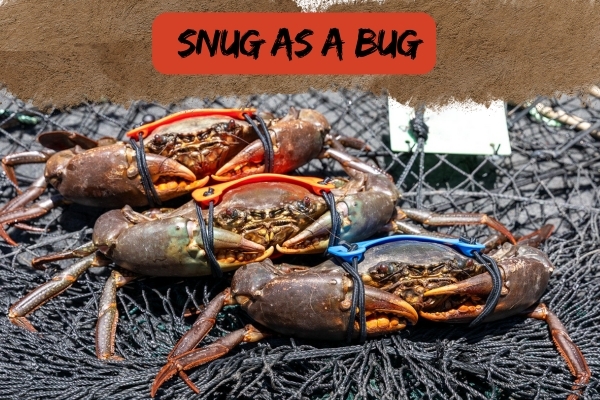
Mud Crabbing Rules and Regulations
***ALWAYS DOUBLE CHECK FOR UPDATES ON GOVERNMENT WEBSITES***
Here’s a brief rundown of the current mudcrabbing regulations as they stand based on the latest available info. These rules focus on recreational crabbing—commercial regs differ.
New South Wales (NSW)
- Size Limit: Minimum 8.5 cm carapace width.
- Bag Limit: 5 per person.
- Gear: Up to 4 crab traps or dillies (nets/rings) with no more than 2 owners per float; traps must have a tag with your name and address. Pots must be max 1.2m long, 1m wide, 0.5m high, with 50mm mesh and 4 escape gaps (at least 57mm x 47mm) for undersized crabs.
- Restrictions: No taking females with eggs (berried). Closed waters include some estuaries—check NSW DPI for specifics. Hooks and spearing banned.
- Source: NSW Department of Primary Industries (DPI) fishing rules.
Queensland (QLD)
- Size Limit: Minimum 15 cm carapace width (spine to spine).
- Bag Limit: 7 per person (males only).
- Gear: Up to 4 pots, dillies, or traps per person; must be marked with a light-colored float (at least 15cm diameter) showing your surname and address. Pots need a max 1m dimension, 50mm mesh, and weight to sink.
- Restrictions: No females, period—egg-bearing or not. No hooks or handheld devices. Closed seasons or areas may apply (e.g., Gulf of Carpentaria zones).
- Source: Queensland Department of Agriculture and Fisheries (DAF).
Northern Territory (NT)
- Size Limit: Minimum 14 cm carapace width for males, 15 cm for females.
- Bag Limit: 10 per person, 30 per boat (if 3+ people aboard).
- Gear: Up to 5 pots per person; must have a float with your name and be weighted to sink. Pots limited to 1m x 1m x 1m, with 50mm mesh max.
- Restrictions: No berried females. Pots only—no dillies, hooks, or spears. Some areas (e.g., Indigenous lands) need permits from land councils.
- Source: NT Government Fisheries Division.
Western Australia (WA)
- Size Limit: Minimum 15 cm carapace width.
- Bag Limit: 5 per person (boat limit 10 if licensed).
- Gear: Up to 2 drop nets or scoop nets per person; no pots for recreational crabbers in most areas (pots are commercial-only in places like Kimberley). Gear must be hand-operated—no hooks.
- Restrictions: No females at all. Licence required (Recreational Fishing from Boat Licence or Crab Fishing Licence). Closed seasons in some spots (e.g., Peel-Harvey Estuary, Nov 1-Apr 30).
- Source: WA Department of Primary Industries and Regional Development (DPIRD).
Handling and Storing Mud Crabs
Once you’ve caught your crabs, you need to keep them fresh.
- Keep them alive until cooking—ideally in a wet hessian bag or esky with damp newspaper.
- To calm them down, put them in the fridge or an ice slurry (not too cold, or they’ll die too quickly and spoil).
- Dispatching – The most humane way is to put them in the freezer for 30 minutes, then spike them between the eyes.
Cooking Mud Crabs
Mud crabs are best cooked simply to let their sweet, firm meat shine. Here are the best ways to do it:
Boiling
- Bring a large pot of salty water to a rolling boil.
- Drop crabs in headfirst (they should be dead before this step).
- Cook for about 10-15 minutes, depending on size.
- Remove, cool, and crack them open.
Chilli Mud Crab (for the Fancy Types)
A legendary dish, best done Singaporean-style:
- Stir-fry garlic, ginger, and chilli in a wok.
- Add tomato sauce, oyster sauce, soy sauce, and a little sugar.
- Toss in crab pieces and stir-fry until coated and cooked through.
- Serve with crusty bread to mop up the sauce.
Avoiding the Nippers of Doom
Mud crabs have two moods: asleep or violently aggressive. Their nippers are capable of cracking open shells, and your fingers are prime targets. If you get pinched:
- Don’t yank your hand away—it’ll just make them clamp harder.
- Try gently prying their claw open or dunking them in water to make them let go.
- If all else fails, be patient. They’ll eventually get bored and release.
Enough from me, get amongst it and catch yourself some mangrove ribeye!

